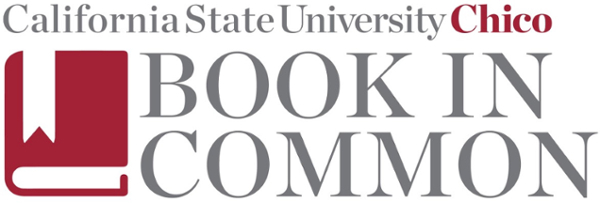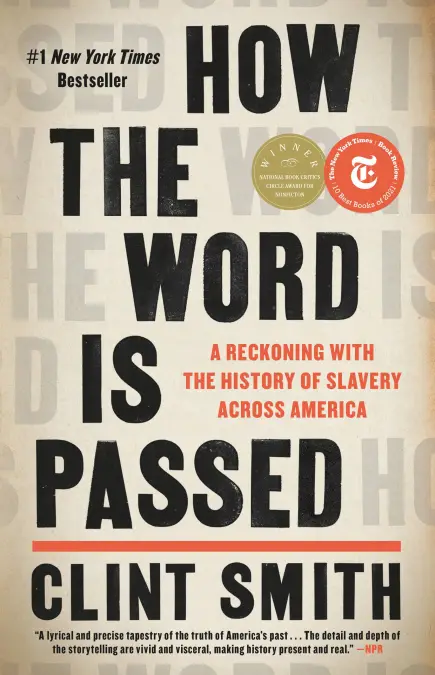- Discuss the tour guide Damaras Obi. How does Smith describe Damaras? How does she compare with the other tour guides encountered by Smith on his travels?
- How does Damaras, echoing the work of Barbara Fields and Karen Fields, explain race and racism (p.209)?
- Did you know that slavery existed in the United States beyond the former states of the Confederacy? If so, when and where did you learn this? Was it a surprise to read that New York City had the nation's second-largest slave market?
- Discuss the four statues by the sculptor Daniel Chester French (pp. 213-14) outside the National Museum of the American Indian. How does Damaras explain them?
- Discuss the growth of slavery in New York City (pp. 215-17).
- How does the Historical Marker at the corner of Water and Wall Streets compare to other commemorations of slavery discussed in this book (pp.219-20)? What is the history of the marker and how does Smith connect it to American capitalism and finance?
- How does the abolitionist movement appear in Damaras' history of New York City?
- What is the significance of Damaras' tour ending at the African Burial Ground? How does the burial ground connect to other commemorative spaced discussed in this book.
- What was Seneca Village? What does its history, its rise and destruction, tell us about the experience of Black people in the nineteenth-century New York?
- Chains on the Statue of Liberty? Bartholdi's decision to move lady liberty's shackles from her left hand (replacing it with a tablet) to her feet feels symbolic of the story that Smith is telling about America's reckoning with the history of slavery. What would an American history look like with the shackles clearly visible?
New York City
Discussion Questions
Resources
- ReImagine Lefferts. Prospect Park Alliance. See also a New York Times article on Lefferts House (subscription required).
- Diouf, Sylviane A. New York City's Slave Market. New York Public Library. June 29, 2015.
- Stacey Toussaint Highlights New York City’s Hidden Stories With Inside Out Tours. CBSNewYork.com.
Available in Meriam Library
- Goodfriend, Joyce D. “Slavery in Colonial New York City.” Urban History 35, no. 3 (2008): 485–496.
- Harris, Leslie M. In the Shadow of Slavery: African Americans in New York City, 1626-1863. Chicago: University of Chicago Press, 2003.
- Harris, Leslie M. “The Greatest City in the World?: Slavery in New York in the Age of Hamilton.” In Historians on Hamilton, 71–93. Ithaca, NY: Rutgers University Press, 2019.
Additional recommendations? Email bic@csuchico.edu


